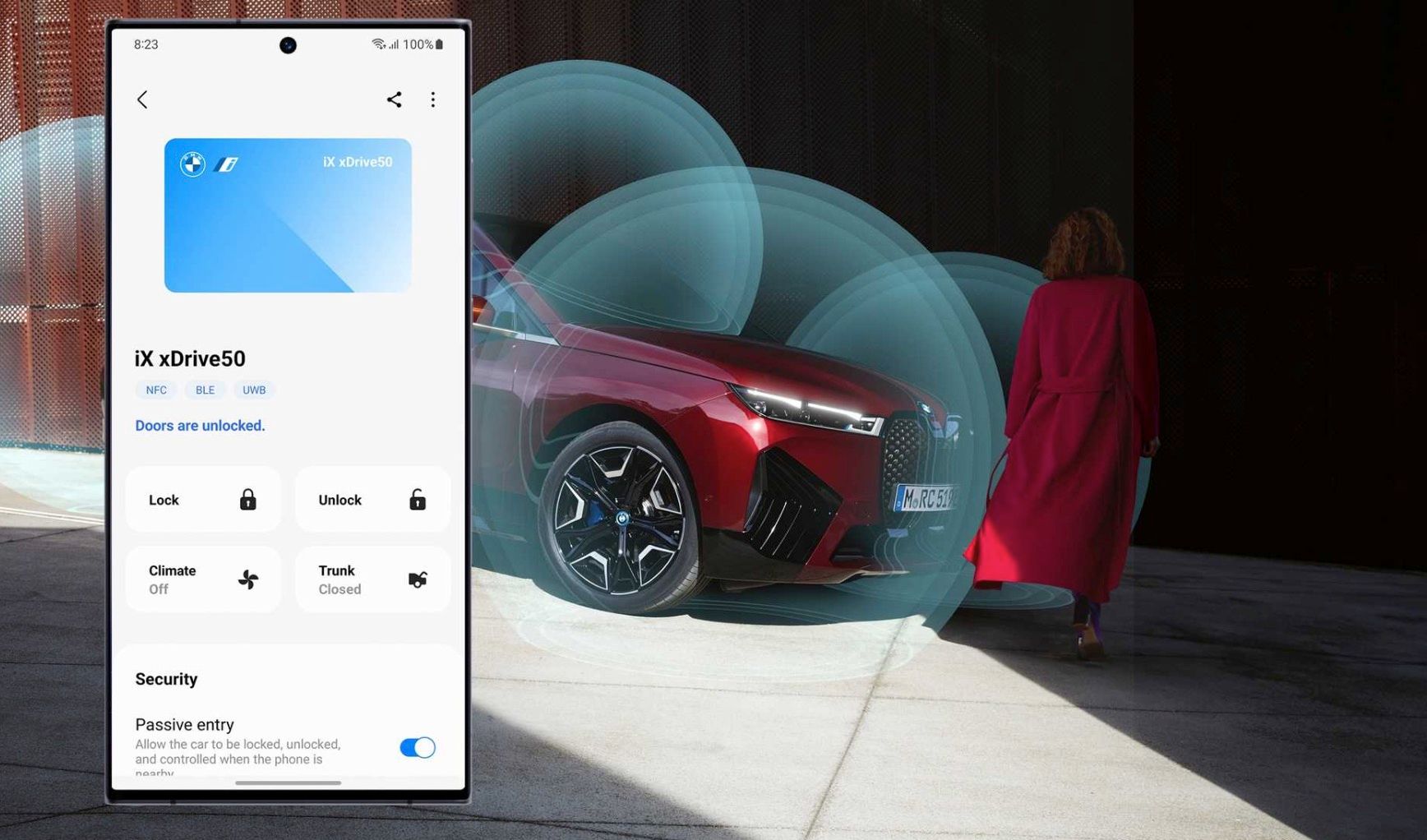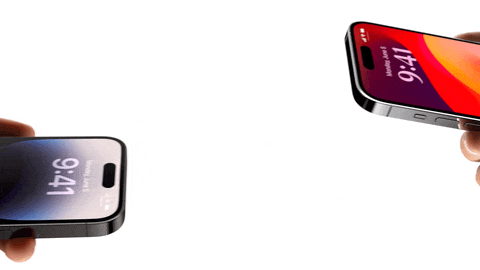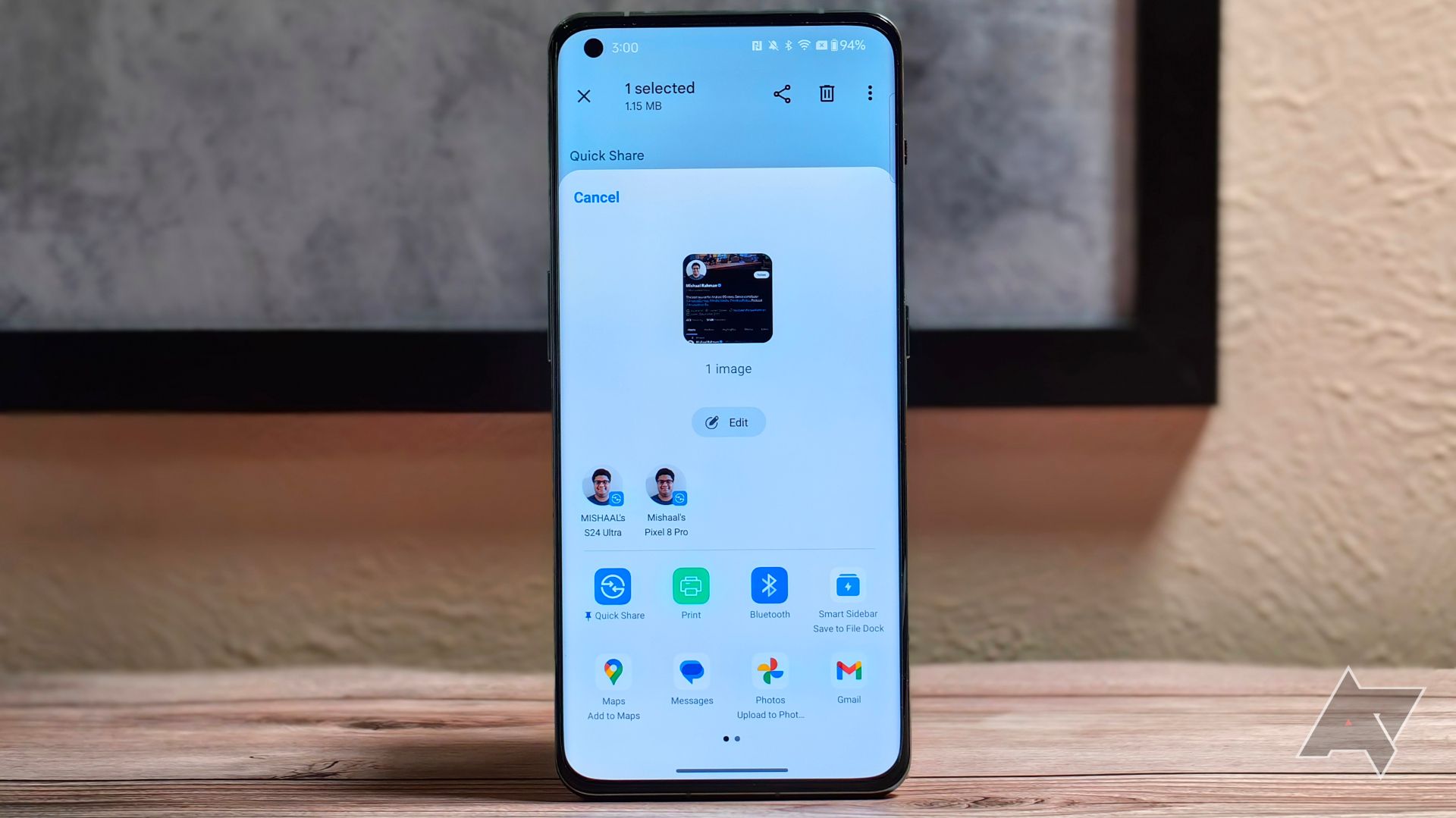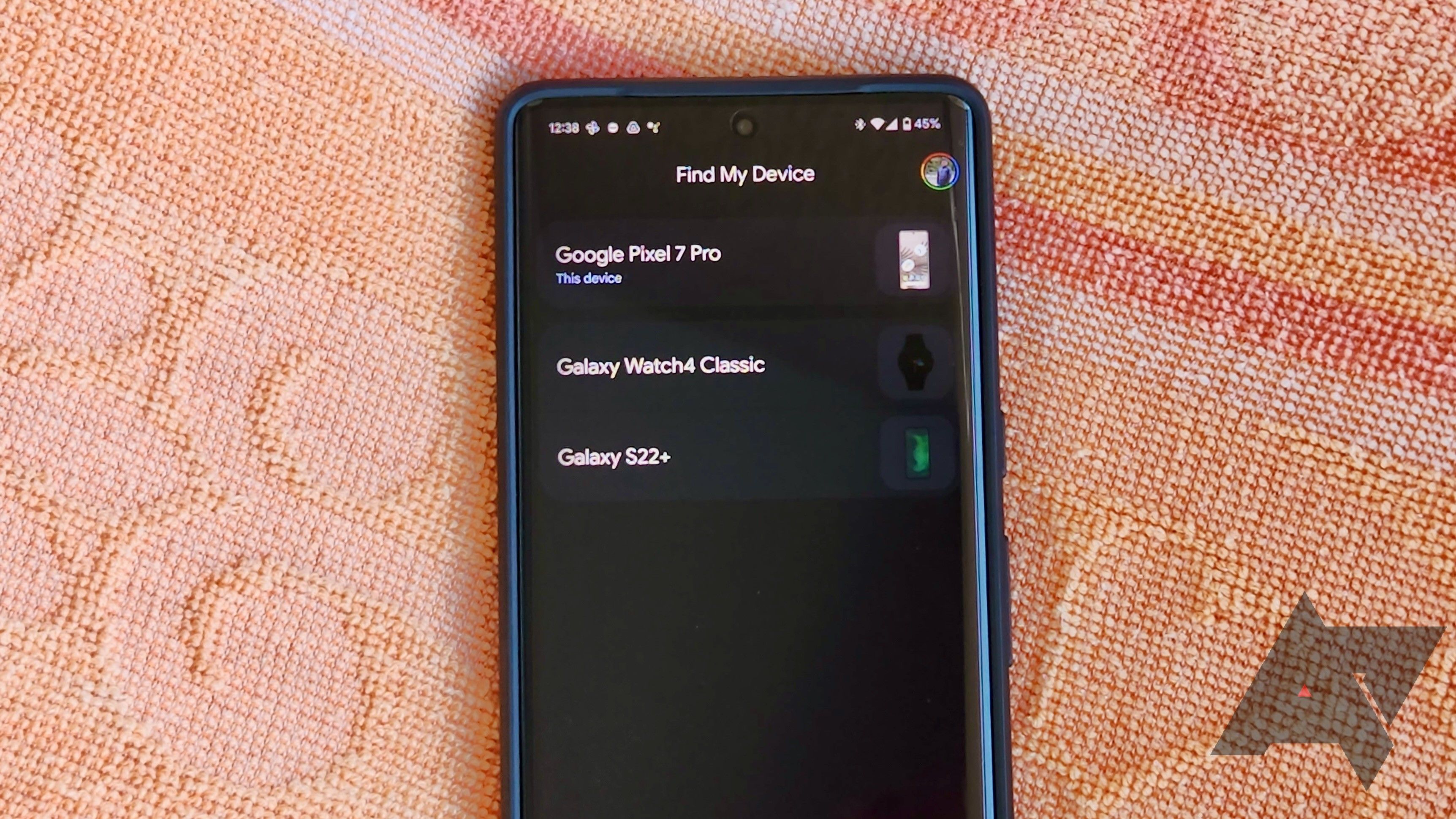Low-energy, wireless communication protocols open up the door to new possibilities for mobile devices. You probably already rely on Bluetooth and NFC for listening to music or making mobile payments, but they aren’t perfect for all use cases. Ultra-wideband (UWB), a relatively new low-energy wireless protocol, uses a higher frequency and covers more bandwidth than alternatives. This makes it more precise, more secure, and more versatile than something like Bluetooth or NFC.
Apple spearheaded the push for UWB when it added the functionality to the iPhone 11 in 2019, but Android OEMs weren’t far behind, with Google and Samsung releasing numerous phones with UWB support in the years that followed. UWB isn’t ubiquitous on all the best Android phones in 2024, but it should be, because the features that use it make your life easier. Let’s take a look at five game-changing UWB features, some of which exist today and others that might come in the future.
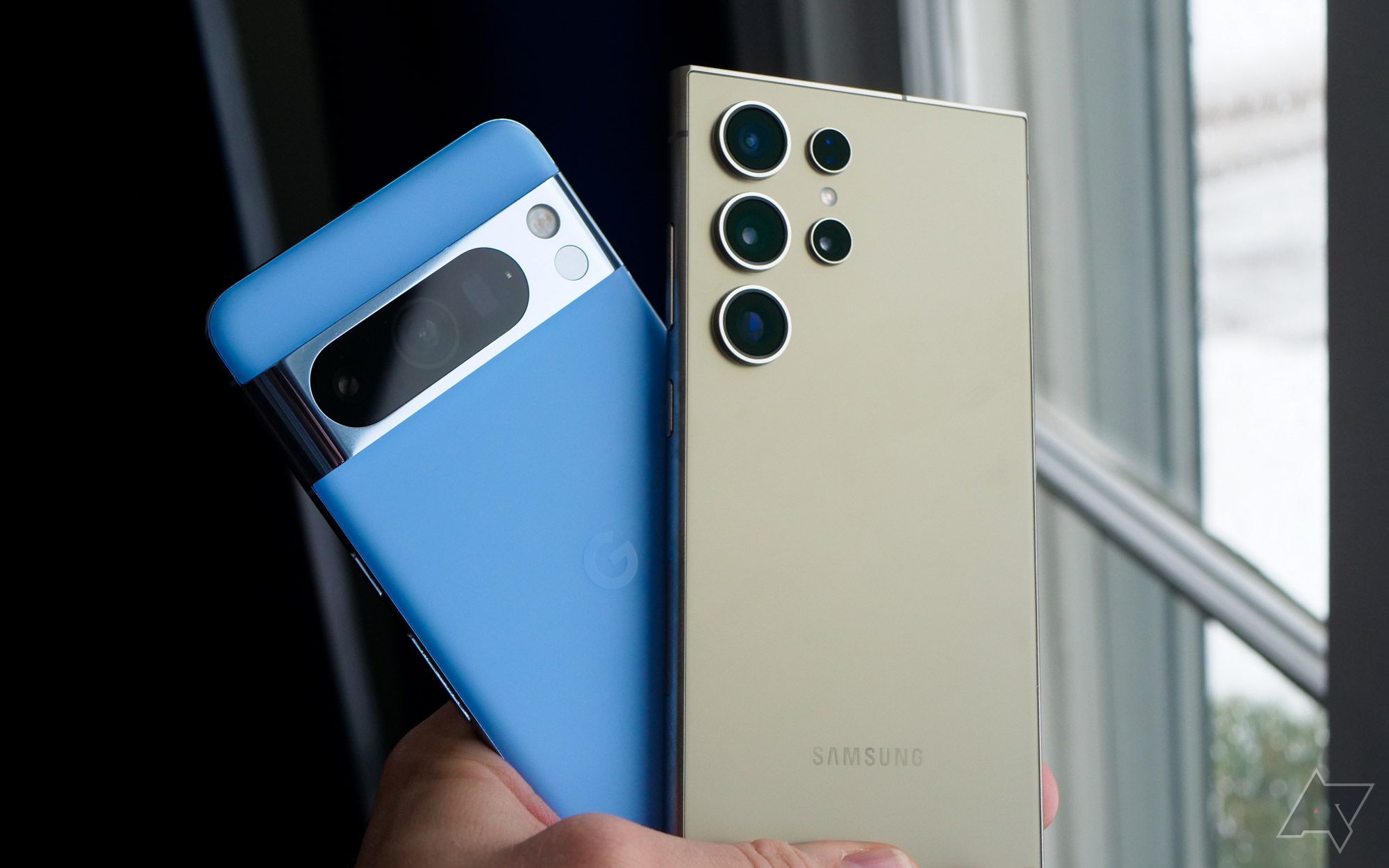
What is ultra-wideband?
This communication standard is packed with tons of potential
1 Secure, fast, and digital car keys
Always losing your keys? With UWB, your phone is your car key
Source: BMW
Smart car keys that can unlock and start your car without manually inserting a key into the ignition aren’t new. However, the next step for smart car keys involves moving them onto your phone. There are a few issues with current digital key fobs, and the biggest one is that they are insecure. By amplifying the frequencies of these key fobs, someone can get into your car and start it without actually having access to your key.
That’s how UWB support can help. With centimeter-level accuracy, a car key on your phone can only unlock your car when it is extremely close to your vehicle. It’s more reliable and secure than alternatives, which might employ NFC, Bluetooth, or radio frequencies. Although support for cars and phones is obviously limited, the functionality exists today. Select models from BMW, Genesis, Hyundai, Kia, Mercedes-Benz, Mini, Ram, and Volvo offer car unlocking with UWB, with more on the way. As long as you have a supported car and smartphone, though, unlocking your car is like living in the future.
Let’s bring one of Apple’s best iOS 17 features over to Android with UWB
iOS and Android frequently borrow features from each other, and Apple included a good one in the latest iOS 17 upgrade. It’s called NameDrop, and it allows users to share contact cards with one another by holding the top of their iPhones together. By far, this is the easiest way to share your contact information with a new person you’ve met. The cards can be customized to a user’s liking, and the user has the final say before anything is shared, preventing unwanted sharing.
Since the feature uses UWB, you don’t have to physically place the phones on top of each other, and it won’t work from too far away. The precise communication protocol will only initiate NameDrop when two iPhones are a few centimeters away from each other. With UWB on Android phones, there’s no reason this useful tool can’t come to a future Android version as well.
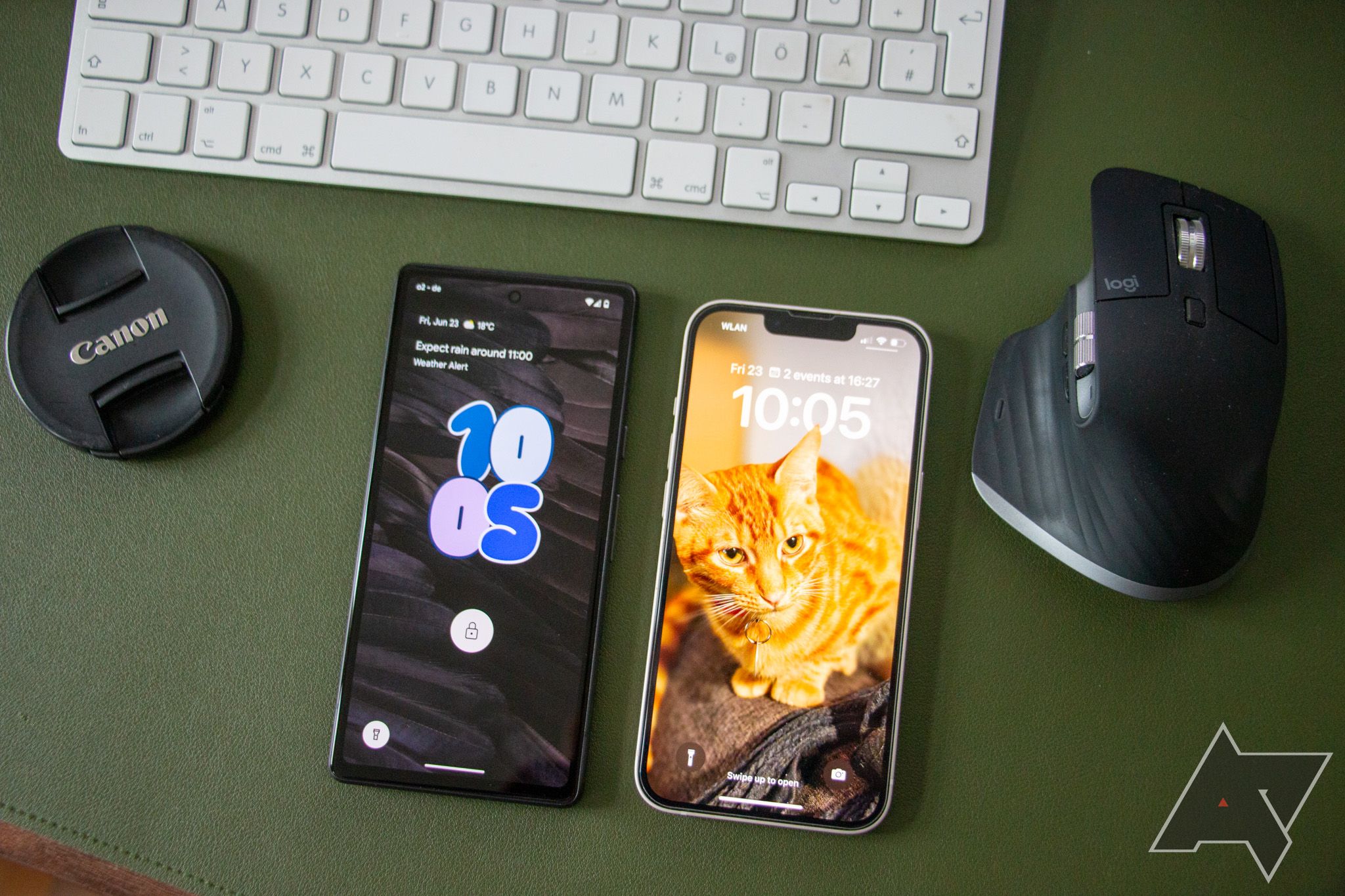
iOS 17 vs. Android 14: The biggest features compared
Google is working on Android 14 QPR1, and Apple has released iOS 17.1, but which is better?
3 Casting as easy as a single tap
Google shows us how much better media casting is with UWB
A UWB-enabled feature that Google has already borrowed from Apple will make casting easier. Currently, in order to cast something onto a speaker, TV, or display, you’ll need to manually do so on your smartphone. However, UWB automates this process, allowing you to transfer now playing media from one device to another by bringing the devices together. Google showed off this functionality at CES 2024, but it’s limited to the UWB-equipped Pixel phones and the Pixel Tablet.
Essentially, this means that only a very small subset of Pixel users will actually be able to use it. One day, when more smart home devices and smartphones are released with UWB chips, this feature should become as simple on Android as it is between iPhones and HomePods.
4 Quick Share is enhanced by UWB
The protocol uses Bluetooth, Wi-Fi, NFC, WebRTC, and the superior UWB
Google is rapidly making Quick Share into a true AirDrop competitor, and UWB will be a big part of that. Previously, Android’s file sharing systems were split between Google’s Nearby Share and Samsung’s Quick Share. These two ways to share files are now one, with the Quick Share name prevailing. Quick Share lets you share things between nearby Android devices using a variety of protocols, including Wi-Fi, Bluetooth, NFC, WebRTC, and — you guessed it — UWB. Right now, UWB support for Quick Share doesn’t seem to do much outside of offering increased precision, reliability, and speed. However, the future appears to be bright for this kind of functionality in file sharing.
Using the same UWB technology as NameDrop, Apple also added a new way to use AirDrop on iOS 17. After opening a photo, file, link, or really anything else on one iPhone, it can be shared with another by holding the two devices close together. Again, Google should borrow this feature to bolster Quick Share on Android. These convenient features will be what exposes users to the benefits of UWB, and in turn what entices OEMs to add the chips to their products.
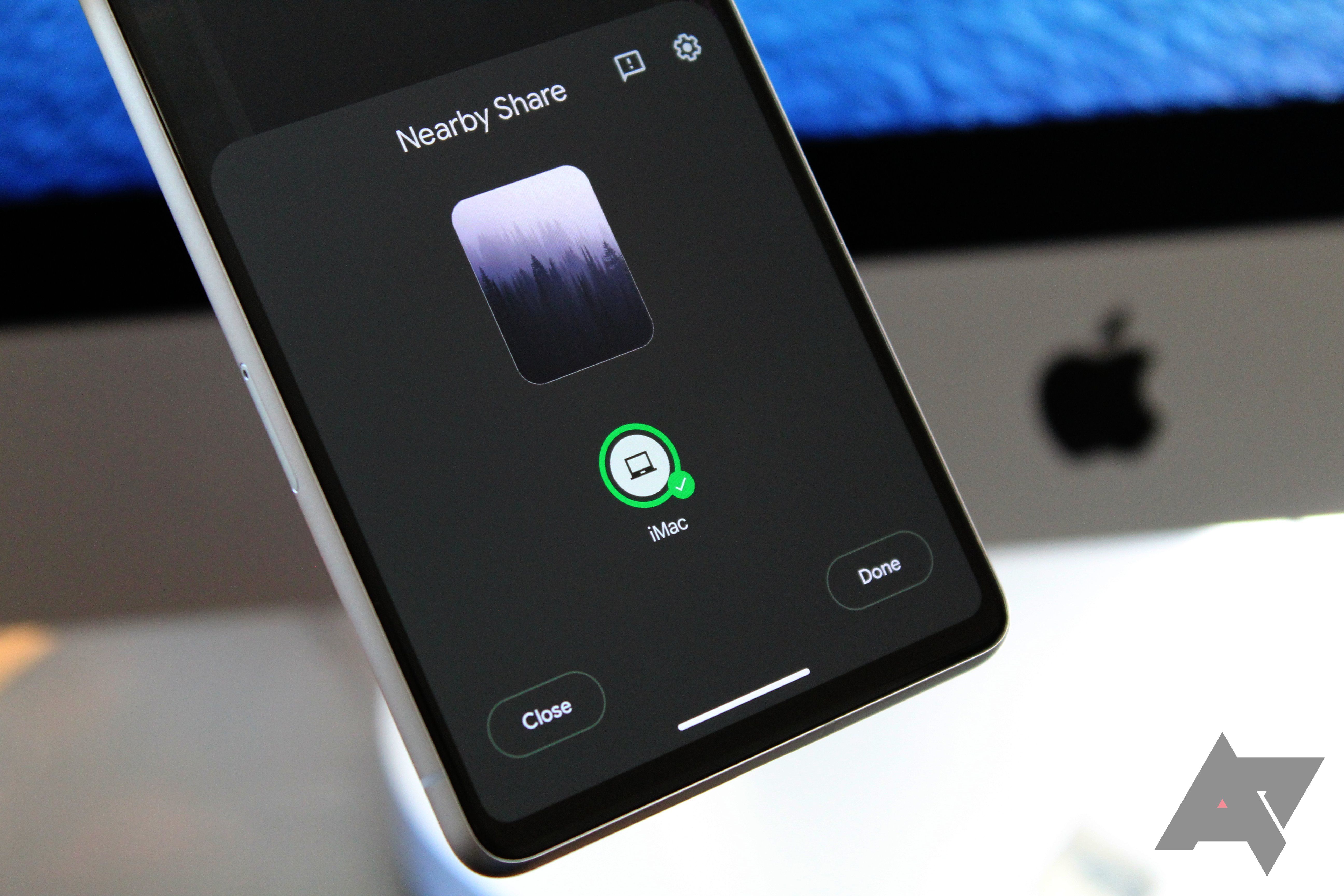
Quick Share: How to use Android’s AirDrop alternative
Get started with Google’s AirDrop alternative
5 Precise location tracking
Leave the guesswork behind: UWB will tell you exactly where to look
By far, the best application for UWB is to use it while locating lost devices. Using crowd-sourced networks like Apple’s Find My or Google’s Find My Device, it’s easy to see where your lost device is located when it is far away. But what about when it’s nearby, like in your house or car? That’s where UWB’s centimeter-level precision makes a big difference.
As an example, you can use an NFC-enabled iPhone to find a lost AirTag, and the Find My app will show you where the tracker is using direction and distance. Following the on-screen instructions, an iPhone can direct you to your AirTag’s exact location. Compared to playing a sound on a lost device, which may or may not be loud enough to hear, UWB functionality makes life easier.
Google is planning a similar feature for Find My Device using Bluetooth item trackers, but UWB tags will be the game changer. Some, like the Galaxy SmartTag, already exist. However, we’re still waiting for them to become more prevalent in Android ecosystems — it’s early days following Google’s recent announcement.
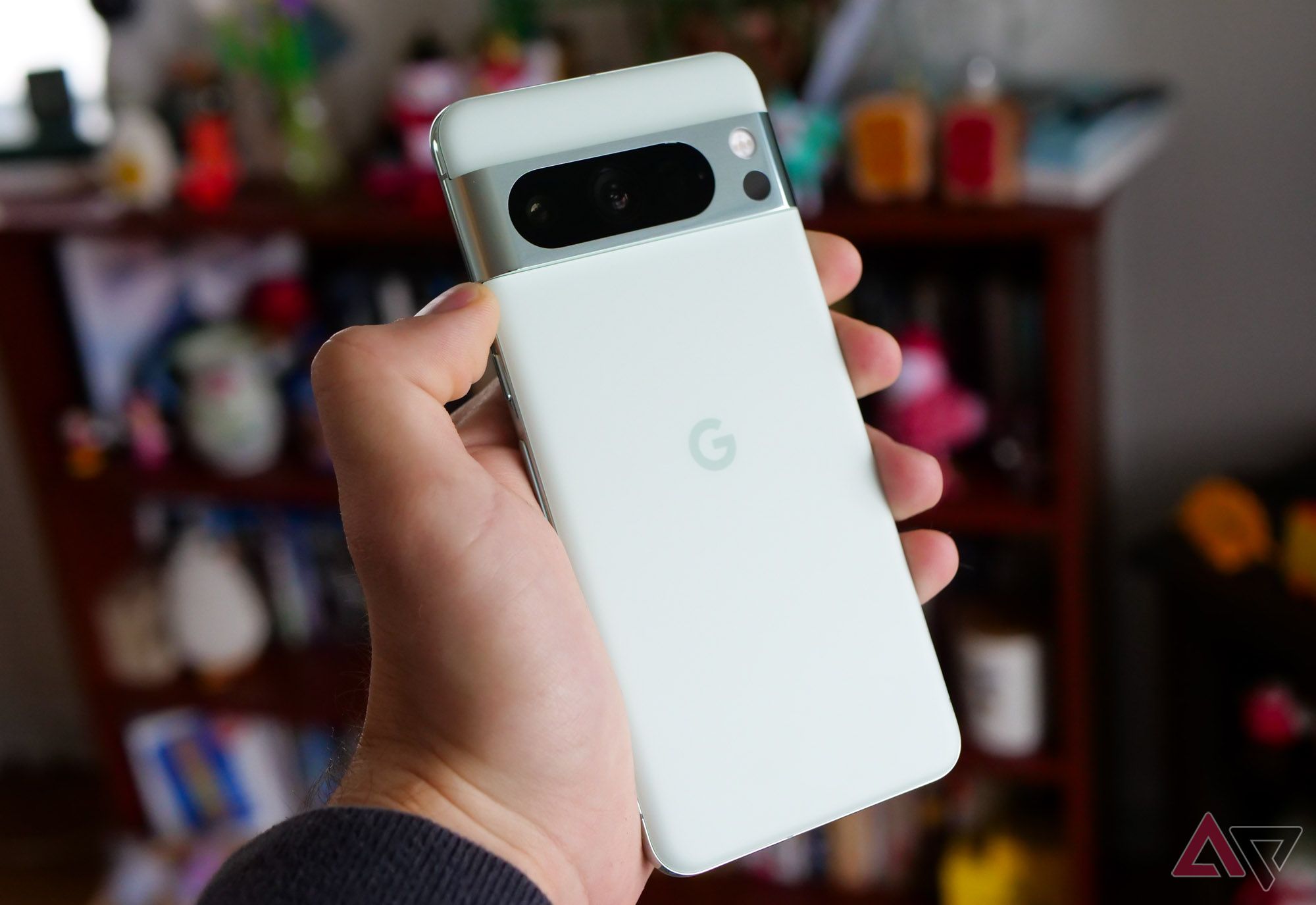
Google finally launches its Find My Device network
The company cites privacy and security concerns as the cause of the delay
Which Android phones support UWB right now?
Making UWB more prevalent in the Android ecosystem requires both hardware and software to be improved. Currently, the list of phones that feature UWB chips is quite short. Samsung’s slab-style Galaxy phones include them, but only the Plus and Ultra variants from the Galaxy S21 series or newer. A few foldable phones have UWB support as well, including the Google Pixel Fold and the Galaxy Z Fold 2 and newer. The Pixel 6 Pro, Pixel 7 Pro, Pixel 8 Pro, and Pixel Tablet also include the connectivity option, meaning those in Google’s ecosystem are largely supported.
Still, that’s a limited list, especially considering that there are no budget, midrange, or even base-model flagships sporting UWB at the moment. If you’re lucky enough to have an Android phone with UWB, it’s easy to get started using it. However, we hope that Google and other Android OEMs keep developing for UWB and incorporating chips into more devices. Once you start using it, it’s hard to imagine life without it.
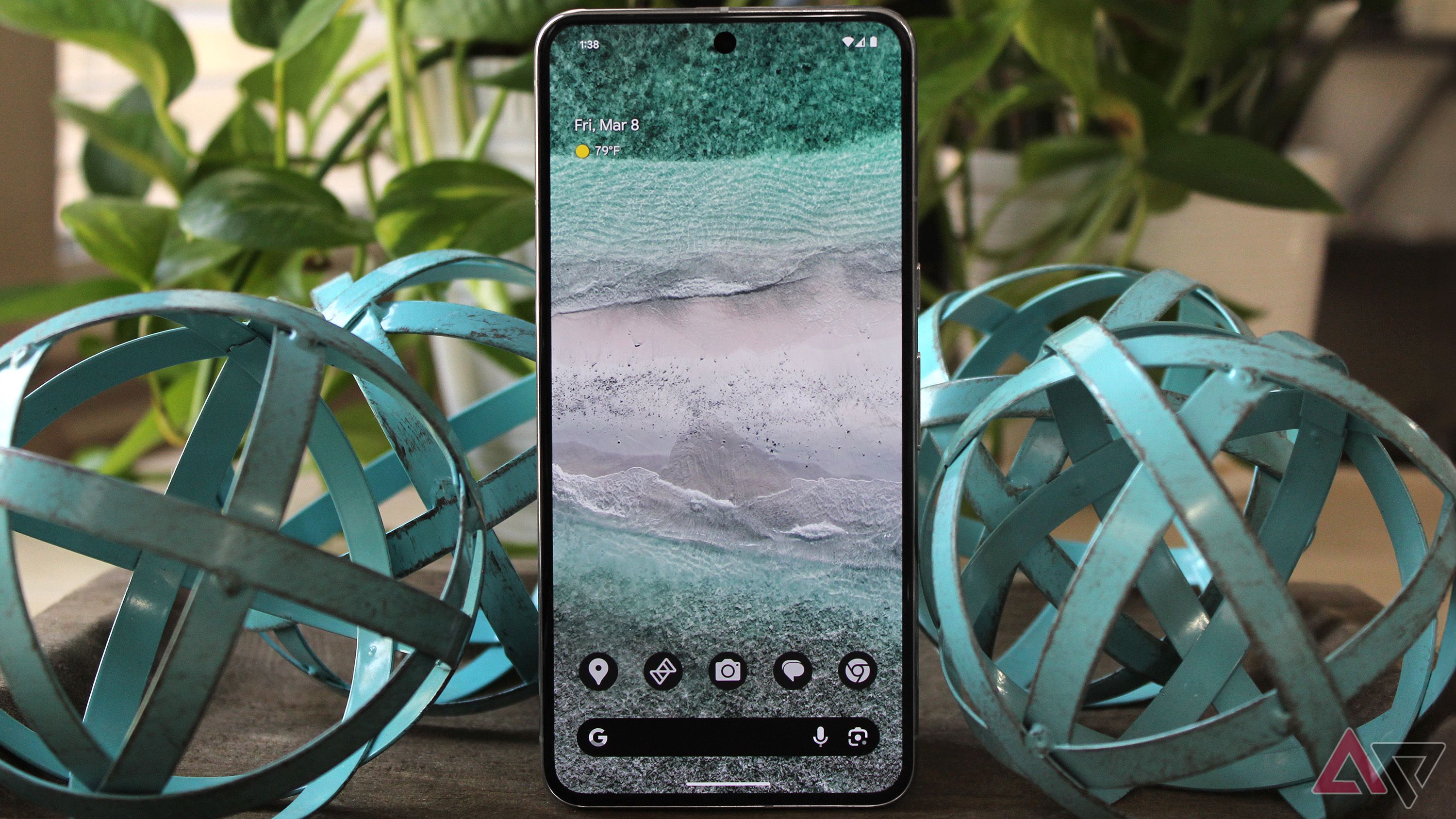
How to enable ultra-wideband (UWB) on your Android phone
Manage your car, smart home devices, and precisely locate lost items by using UWB on Android
Source link

